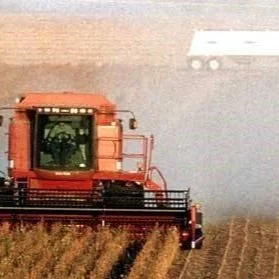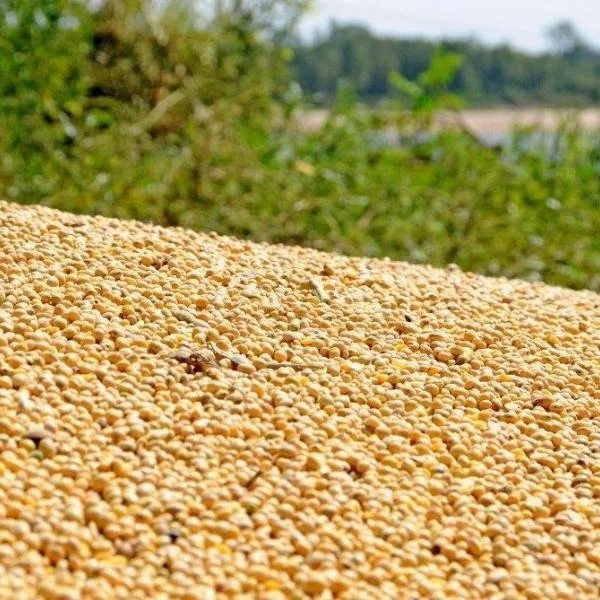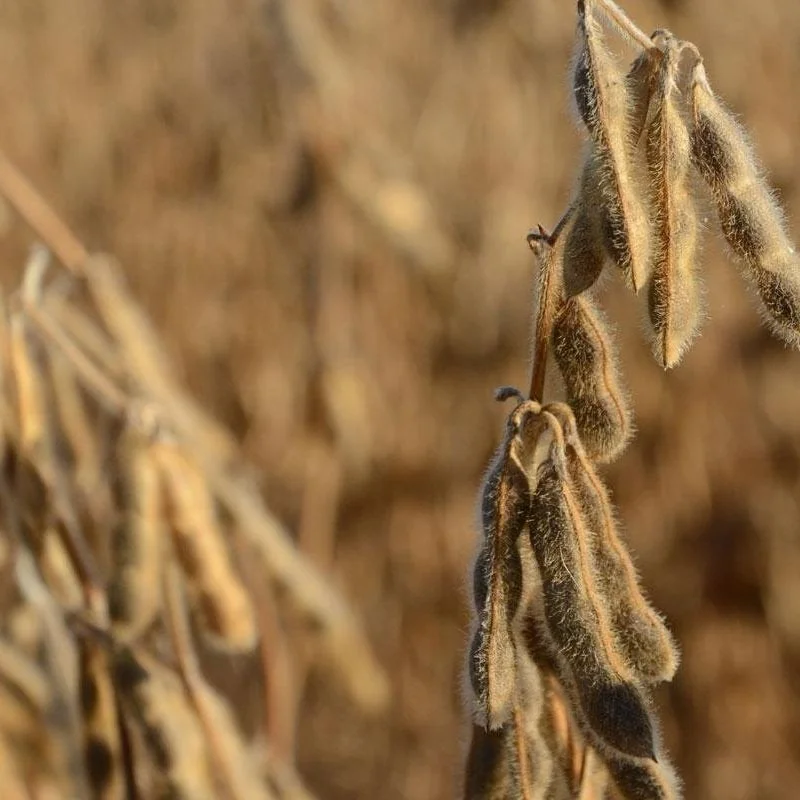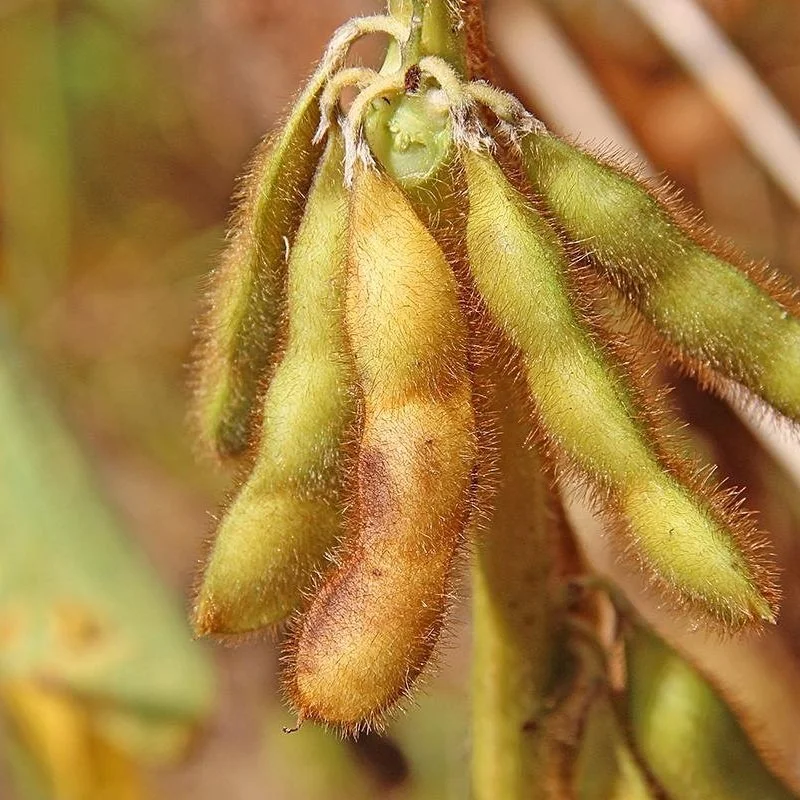Soybean Research Can Lead To Correct Varieties For Specific Areas
LSU AgCenter Soybean Specialist Dr. David Moseley is conducting statewide research into which soybean varieties work best where. He reports they’ll be looking at things besides yields.
“We will also be looking at some growth characteristics such as plant height and lodging. In addition, we have some pathologists that look for disease resistance, such as tap root decline.
Read More
South American Crop Will Pressure US Soybean, Oil Prices
Soybean prices have been mostly higher in recent months thanks to shorter 2020-2021 crops in the United States, Argentina and Brazil, higher demand for soy oil for biodiesel and an increase in shipments to China.
But, as farmers know too well, some of those demand factors and higher prices could be changing as soybean planting gets underway in Brazil and Argentina amid reports of more favorable weather conditions than those regions enjoyed a year ago.
Read More
Louisiana Soybean Varieties
Each year the LSU AgCenter tests both commercial and experimental soybean varieties entered in the state Official Variety Trials by private seed companies and university breeding programs. The LSU AgCenter also includes a reduced number of varieties in large-plot, on-farm demonstrations to increase the number of locations and environments in which varieties are evaluated. From these, a grower should choose several adapted to an individual farm. Information in the tables can help producers make these important decisions.
Read More
Food Vs. Fuel Or Food AND Fuel For Soybean Products?
The food vs. fuel debate that may have helped lead to lower corn and soybean prices after the markets for those commodities hit record highs in 2011 and 2012.
Environmental activists said processors shouldn’t be turning corn into ethanol and soy and other vegetable oils into biodiesel at the expense of food uses for those ingredients when people were going hungry in some parts of the world.
The debate has surfaced again with 2021’s higher prices for soybeans and corn, but Mac Marshall, vice president for market intelligence with the United Soybean Board and the U.S. Soybean Export Council, believes the arguments are misplaced.
Read More
Renewable Energy Demand Pushing Soy Oil To The Forefront
The 2020-21 marketing year had all the thrills of a roller coaster ride for soybean farmers – highs that were too short-lived and downturns that were excruciatingly long as growers tried to figure out how and when to price their crop.
It also brought a resurgence of the old food vs. fuel debate from 2008 and 2009 when new demand for renewable fuels including ethanol from corn and biodiesel from soy oil pushed corn to $8 per bushel and soybeans to $14 per bushel.
Read More
Brazil Soybeans: Planting Outpaces Last Year
Last year’s grain marketing year, which encompasses the soybean growing season in 2020-21 and the double-cropped (safrinha) corn growing season in 2021, was characterized by the influence of a La Nina pattern. We at DTN have documented this almost continuously throughout the past year.
South American producers, of course, lived through the immense challenges and those are undoubtedly on their minds as the current season started, when La Nina was forecast to return. Starting their soybean planting early, especially with regards to last year, is a strong motivating factor in the face of this so-called double-dip La Nina — a La Nina that follows another La Nina.
Read More
Three Things Driving Soybean Prices
The size of the Brazilian crop, final yield numbers for the U.S. crop and prospects for demand as strong as last year remain key drivers for the soybean market moving forward.
Speaking at the Virginia Soybean Field Day at the Eastern Virginia Agricultural Research and Extension Center in Warsaw Sept. 23, Robert Harper, Virginia Farm Bureau Federation grain manager, said soybean prices today are at profitable levels for farmers, but the question remains will they stay there.
Read More
Soybean Foliar Fertilizers: Worth The Investment?
With soaring fertilizer prices, farmers are left wondering what the best course of action is for their 2022 nutrient management plan. Cut back on fertilizer? Try out microbial solutions? Bite the bullet and apply full rate?
Emma Matcham, a researcher at University of Wisconsin-Madison, studies soybeans and their response to foliar fertilizer applications. The team’s research was recently published in Agronomy Journal.
Read More
Southwest Airlines Could Soon Be Fueled By Soybeans
Southwest Airlines (SWA) is the latest airline to catch a ride with sustainable aviation fuel. Southwest joins Delta, JetBlue and United in giving sustainable aviation fuel a lift with both short-term and long-term commitments.
Just this week, Southwest Airlines announced by 2030, the airline plans to replace 10% of its total jet fuel consumption with the sustainable aviation fuel.
Read More
Soybean Research Connects Producers/Specialists
LSU AgCenter Soybean specialist Dr. David Mosely is conducting research with variety testing on farm demonstrations around the state.
“Thanks to support from the Louisiana Soybean, Grain Research and Promotion Board, the LSU AgCenter is able to conduct variety testing,” says Moseley.
Read More
How Dredging the Mississippi River Could Uncover $461 Million
Almost half a billion dollars is buried at the bottom of the Mississippi River. A massive effort is underway to dredge the lower Mississippi along its final 250-mile stretch, and the results could provide major financial benefits to U.S. farmers.
At ports along the mouth of the Mississippi, most ships loading soybeans can carry a maximum of 2.4 million bushels, and any additional weight in the hold puts the vessels in danger of scraping the riverbed. However, a mere extra 5' in depth allows a ship to squeeze in 2.9 million bushels, at a small increase in transport costs.
Read More
Oil Becoming New Driver For Soybean Industry
The American farmer has always been at the cutting edge of technological adoption, creativity, ingenuity, and advancement, noted Mac Marshall, vice president of market intelligence for United Soy Board/U.S. Soybean Export Council.
"For us to meet future world demand, making sure that we invest in that technology and the human capital and infrastructure remains absolutely critical," he said.
Read More
Clouds On The Soybean Export Horizon?
Soybean exports for the 2021-22 season did not get off to the best of starts with Hurricane Ida ravaging the Louisiana Gulf Coast and causing significant damage to both humans as well as residential and commercial properties in early September.
Several export facilities were closed for a period of time with Cargill’s Reserve elevator perhaps incurring the worst damage. September is of course, a critical month for the ramping up of U.S. corn/soybean exports and re-building the pipeline. Various reports suggested that as much as 45-50% of the Gulf’s export capacity was impaired for the month.
Read More
130 Bushel Soybeans: How'd They Do It?
Records are made to be broken, and brothers Neil and Blake Culp shattered a big one this harvest.
On Sept. 13, the Culps, who farm in Phillips County, Ark., along with Neil’s wife, Jill, set a state record for soybean yield when they recorded 130.784 bu/a in the annual Grow for the Green Soybean Yield Challenge.
Read More
Corn, Soybeans: Expectations For Tuesday's USDA Reports
On Tuesday, Oct. 12, USDA is expected to release higher ending stocks estimates of U.S. corn and soybeans for 2021-22, revised production estimates for 2020 and lower estimates of U.S. ending wheat stocks. Traders have already reacted to the changes stemming from USDA’s Sept. 30 reports, but may find another surprise or two Tuesday.
Read More















